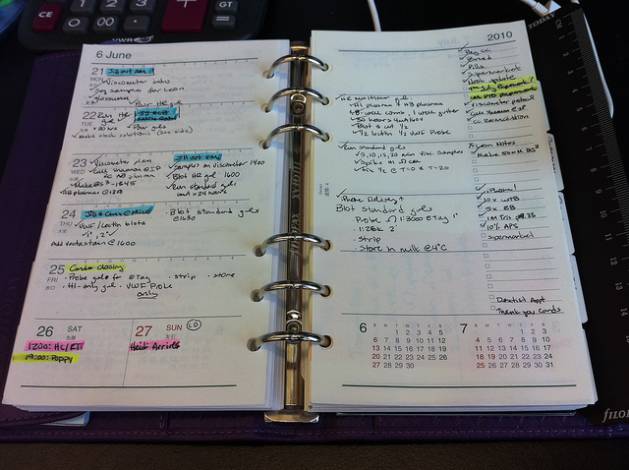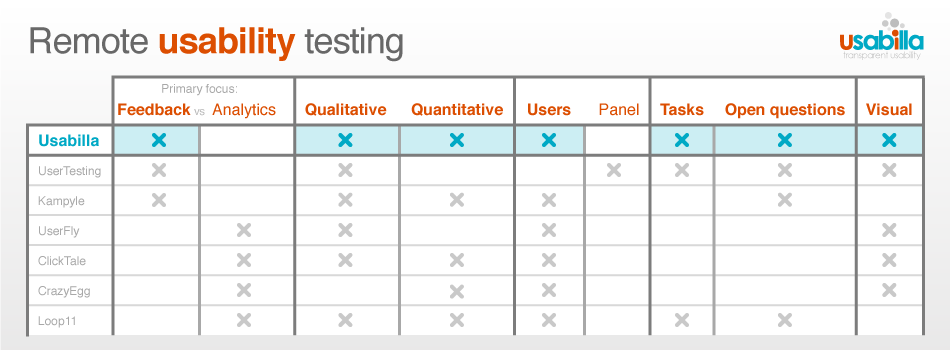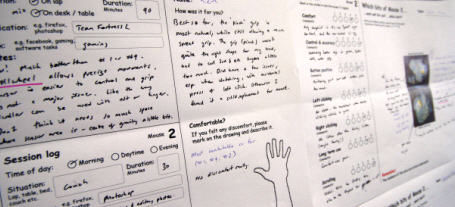Looking for some new techniques to introduce into your UX research? We’ve been thinking about methods that are slowly developing into more popular tools and have compiled a list of three techniques that might give your UX research a bit of added bite.
The three techniques are the diary study, unassisted (or unmoderated) remote usability testing, and tree tests. Let’s take a closer look at each technique and why it might be the right tool for your UX team:
Diary Studies
One of the drawbacks of many research techniques is that they only provide a single snapshot of user behaviour. This doesn’t necessarily produce flawed results, mind you, but it does mean that you can’t see how a user’s behaviour evolves (or indeed devolves) over time with a product.
The user experience isn’t a one-off event, in most cases, it’s a long-term relationship with a product. The way users approach products can change dramatically over time. For example, a new user or intermediate user of an application may only really want the basic features that are easiest to access and understand but an advanced user may want to delve much deeper into all the little goodies you have stashed a bit deeper in the application.
A diary study is a long-term examination of someone’s behaviour. It is self-reported, which introduces the capacity for capturing what people say they do rather than what they actually do, but with careful design you can reduce the likelihood of this. Getting users to capture video and photographic evidence as well as written evidence can help with this.
When the diary study comes to an end, it’s down to the UX research team to wade through the data and find the raw nuggets of interest to the product development and design.

Author/Copyright holder: Kerry Lannert. Copyright terms and licence: CC BY-NC-ND 2.0
Why is a Diary Study a Good Research Technique?
It is, perhaps, the only viable method for examining long-term relationships with a product and measuring how the experience changes over time.
It also offers an “in the wild” element to observation rather than the user being constrained by a formal lab setting (which can influence the results of research).
Remote Unassisted Usability Testing
Remote usability testing is a great option for broadening your reach with your research. In many cases, the process is assisted by a moderator who acts as a “live” observer for the test. However, there are plenty of tools out there now which allow for testing without such an observer. Instead the software, to some extent, plays the part of the observer and the tests can then be reviewed by a researcher at a later date.
The big advantage to this kind of research is that again it dramatically increases the potential scale of your testing program. Remote testing provides you the facility to test anywhere but removing the moderation aspect – enables higher volumes of testing and round the clock testing without additional resources (or paying a ton of overtime to your team). This makes global testing in different time zones easier too.
Why is Remote Unassisted Usability Testing a Good Research Technique?
The biggest advantages are the global reach of the testing program, the ability to conduct more tests in the same time period (when compared to lab or assisted remote testing), and the ability to test round the clock with fewer human resources required.
Current tools have evolved dramatically from the early days of remote testing when they were very limited in their approach and they have also become much more accessible for researchers and participants alike. The costs of these tools has also plummeted in recent years and there’s a lot more flexibility in licensing models than there once was.

Author/Copyright holder: Paul Veugen. Copyright terms and licence: CC BY-SA 2.0
Tree Testing
Tree testing focuses on information architecture and specifically navigation/site hierarchy. It is an automated alternative to some forms of card sorting. Obviously, there’s a cost advantage of card sorting – there’s no software required, it takes minutes to set up and can be conducted by pretty much anyone with 10 minutes training.
However, the costs of tree testing software are not astronomical either. You’re not looking at spending hundreds or thousands of dollars on a single test. There are also significant advantages to having automated reporting and analysis tools. Once a tree test is set up – it requires no effort to put into practice.
How would a typical tree test work? You’d offer the hierarchy of your site with clickable navigation links and get users to navigate to sections where they’d expect to find certain types of information. This lets you quickly examine whether your proposed IA and content structuring meets user expectations.

Author/Copyright holder: Bram Wessel. Copyright terms and licence: All rights reserved Img source
Why is Tree Testing a Good Research Technique?
Really, it’s just a form of reverse card testing without any cards being present. We know that card sorting is a good UX research method and it follows that tree testing is a good method from this.
It lets you quickly explore whether your initial IA and navigation structures are fit for purpose without spending a lot of money. It is particularly useful during the early phases of a project to inform the design before you need to spend a lot of cash to make changes.
You can use remote tree testing online, for a fee in most cases, to increase the reach of your tree testing and to ensure that multi-cultural audiences are better served by your products.
Tree testing produces actionable and specific results, just like card sorting, and that makes it a fairly easy sell to stakeholders and clients alike.
Summary
It’s always a good idea to be aware of other UX research methodologies even if you don’t intend to employ them on your current project. The more options that are available to you and your team – the easier it is to select the right tool for the right job.
Header Image: Author/Copyright holder: User Experience NZ. Copyright terms and licence: All rights reserved. Img Source











